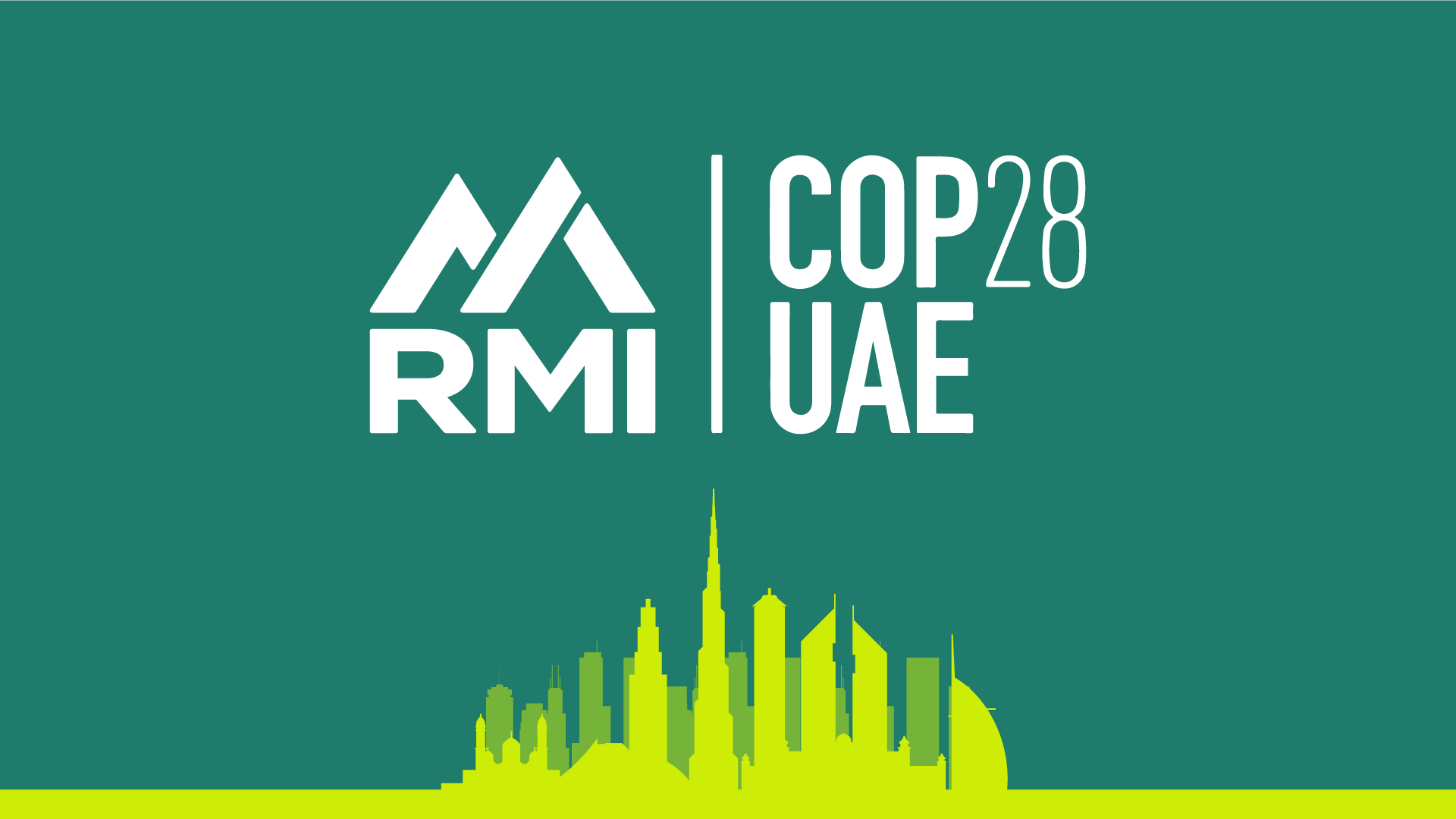Waste Methane 101: Driving Emissions Reductions from Landfills
Landfills are an often-overlooked source of climate-warming methane emissions. Here’s how and why we must act now.

We are currently experiencing a triple planetary crisis of climate change, biodiversity, and pollution. When we talk about pollution, we are referring to the waste we generate. In the case of solid waste, more than 50% consists of food losses and waste. This organic waste generates methane emission.
Methane is responsible for 45% of recent net global warming. According to the last EPA study, 60% of methane generated by landfilled food waste is not captured by landfill gas collection systems and is released into the atmosphere. Therefore, diverting food waste from landfills would be an effective way to reduce methane emissions from landfills. To achieve the necessary changes in the waste sector and effectively implement projects that reduce methane emissions, it’s crucial to have good, open, and accessible information for everyone.
This session at COP28 in Dubai hosted by Global Methane Hub with RMI and other partners introduces the WasteMAP — an open platform that, for the first time, links satellite monitoring of methane emissions with methane inventories and the actions being carried out at the facility.
Email events@rmi.org for more information.
Landfills are an often-overlooked source of climate-warming methane emissions. Here’s how and why we must act now.
This memo series is designed to help policymakers, operators, and advocates take action to mitigate landfill methane.
A new metric of satellite completeness can help decision makers better understand the strengths and limitations of various satellite technologies.
Reducing methane emissions from the waste sector, including from landfills and dump sites, is a climate-critical but often overlooked strategy.
Key strategies for reducing waste-sector and landfill methane emissions that threaten climate safety and human health.